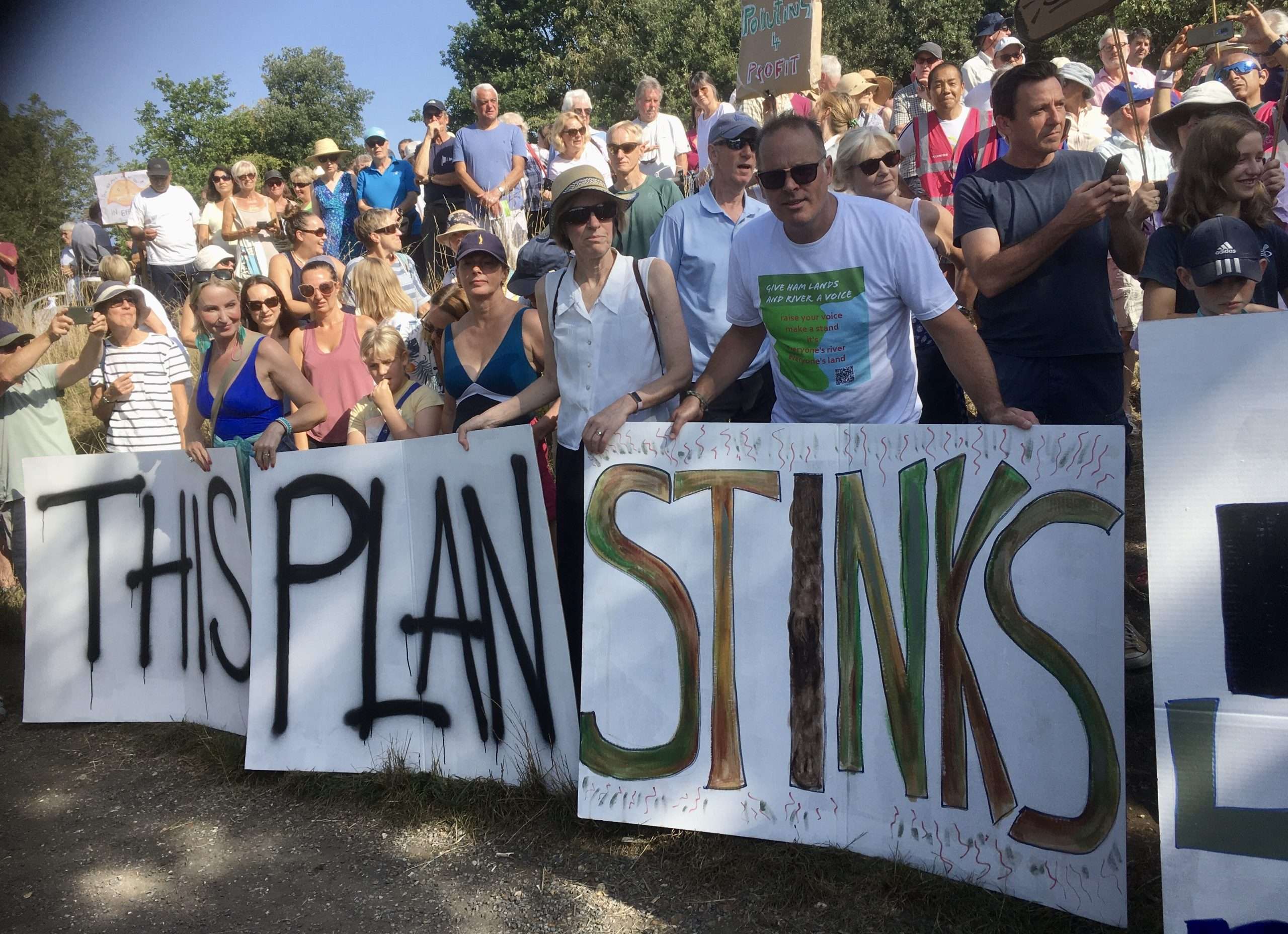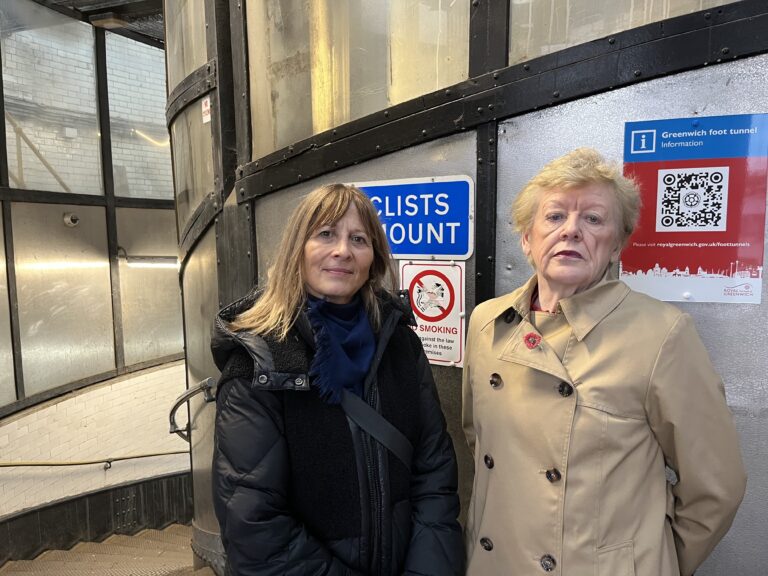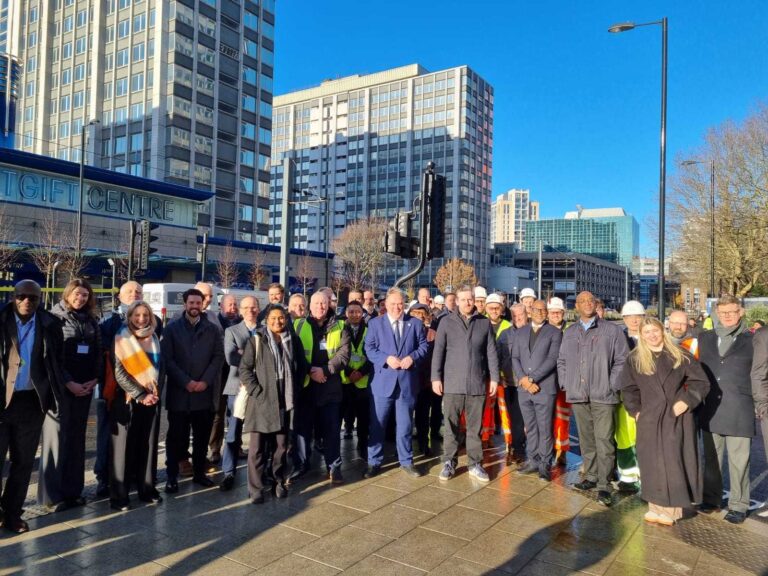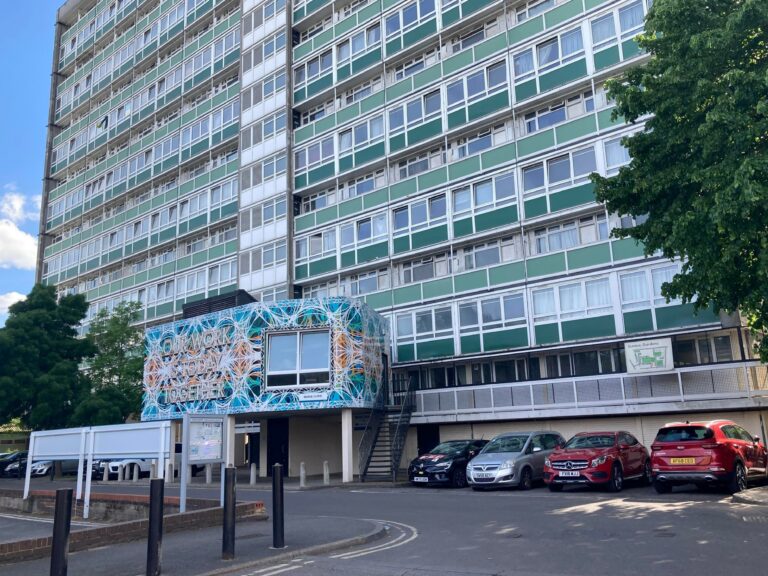Hundreds of people have staged a protest against plans to pump the River Thames with treated wastewater in South West London, with the proposed scheme described as “completely abhorrent”.
A petition against the plans from Thames Water, that would include a new river abstraction above Teddington Weir, has been signed by more than 27,500 people.
Residents who attended the protest told the Local Democracy Reporting Service (LDRS) they are concerned about the potential impacts of the scheme on the Thames, its banks and surrounding areas including popular nature reserve Ham Lands, and demanded “better solutions” to London’s water supply challenges.
They said the “beautiful, unspoilt” stretch of the Thames that would be affected by the proposals, and its banks, is popular with families, dog walkers, swimmers, rowers, runners, nature-lovers and many more people.
A petition to fight the scheme, started in January, has been signed by 25,739 people so far.
It raises concerns about the impact of the scheme on fish, insects and plants, the effects of construction and that fines imposed for breaches of regulations would not be enough to protect the river.
It comes as Thames Water presses ahead with the proposals, which would see water taken from the Thames above Teddington Weir, to be transferred via an existing underground tunnel to the Lee Valley reservoirs, and replaced with treated wastewater, also known as effluent, from Mogden Sewage Treatment Works.
The scheme would provide up to 75 million litres of water a day during droughts and dry weather, but it would not be designed to run at these levels all year.
Thames Water said the scheme is a cost-effective option that would not harm the environment. Its proposed delivery date is 2033.
But hundreds of people filled the Thames and its banks at Ham Lands on Saturday, September 9, to demonstrate their opposition to the scheme, in a protest organised by campaign group Save Ham Lands and River.
The group has claimed the tunnel carrying the treated wastewater could follow a route from Mogden Sewage Treatment Works under Ham Lands to the discharge location above Teddington Weir.
Lulu Harmstorf-Pearl, who lives close to Ham Lands, said roughly 500 people joined the protest, with attendees travelling from “far and wide”, and that thousands of people would be affected by the scheme.
The 47-year-old told the LDRS the turnout showed how many people visit the “stretch of the riverbank and the river itself for leisure purposes because they need to get out of London”.
She described it as “an incredibly beautiful, unspoilt stretch of the Thames” popular for leisure activities, and argued “all of that is under threat with the Thames Water proposals”.
Ms Harmstorf-Pearl said people are concerned about the chemical content of the “highly-treated effluent” that would be pumped back into the river.
She said: “It’s not just the human swimmers who won’t be able to enjoy the river anymore. It will have a devastating impact on the whole ecology of the river and the fish and the birds and any other wildlife that there is in and around the river.”
Ms Harmstorf-Pearl said construction works for the scheme would disrupt Ham Lands, along with a stretch of the Thames Path National Trail.
She added: “There are so many other better, greener solutions that Thames Water could be looking into, fixing leaks is one of the big ones, and that’s what people feel really strongly about… this Thames Water scheme is potentially devastating for this area but what they’re going to achieve by building it is a drop in the ocean compared to what they could achieve if they could fix all their leaks.”
Ian McNuff, from Save Ham Lands and River, said the protest was “the local expression of wider public concern” about the scheme, which he described as “completely abhorrent to people”.
The 66-year-old said people are “utterly horrified” at the proposals and demanded the company fix existing problems instead.
He said Thames Water are “way behind public opinion” on the scheme, adding: “The public are increasingly aware and conscious of what we need to do to our natural resources and [Thames Water is] not meeting the kind of vision and standards the public now want.”
Mr McNuff claimed solutions to London’s water supply challenges already lie within Thames Water’s existing asset base and the company needs to “work harder to find a better solution”.
He said: “They’ve already got them there, they just need to join them up and work a bit harder at it and avoid having all those environmental and water land impacts and disruption that they’re going to cause with this scheme.”
The Teddington scheme is included in Thames Water’s draft water resources management plan 2024, which has been submitted to the government.
The plan sets out how the company will tackle future shortages and boost drinking water supply as it predicts it will need an extra billion litres of water a day by 2075 to account for climate change and growing population demand.
It also proposes a new reservoir in Oxfordshire.
The Secretary of State for Environment, Food and Rural Affairs will consider the documents submitted by Thames Water and, with advice from regulators, decide the next steps.
A Thames Water spokesperson said: “We need to invest in new sources of water if we are to provide a secure and sustainable water supply for the future.
“Our work to date demonstrates that the proposed abstraction scheme in West London is a cost-effective option and our environmental studies have shown that the scheme would not cause detriment to the environment.
“The scheme will provide up to 75 million litres per day as a drought resilience scheme. It would only be used during periods of prolonged dry weather.
“We are also focused on leakage reduction and have committed to more than halve leakage by 2050, with over 20,000km of water pipe under London and across the Thames Valley this is massively ambitious.
“However, measures to tackle leakage and to reduce customer demand for water will not be sufficient on their own. We also need to invest in building new water infrastructure, which is why we’re proposing to invest in several new sources of water across the South East.”






